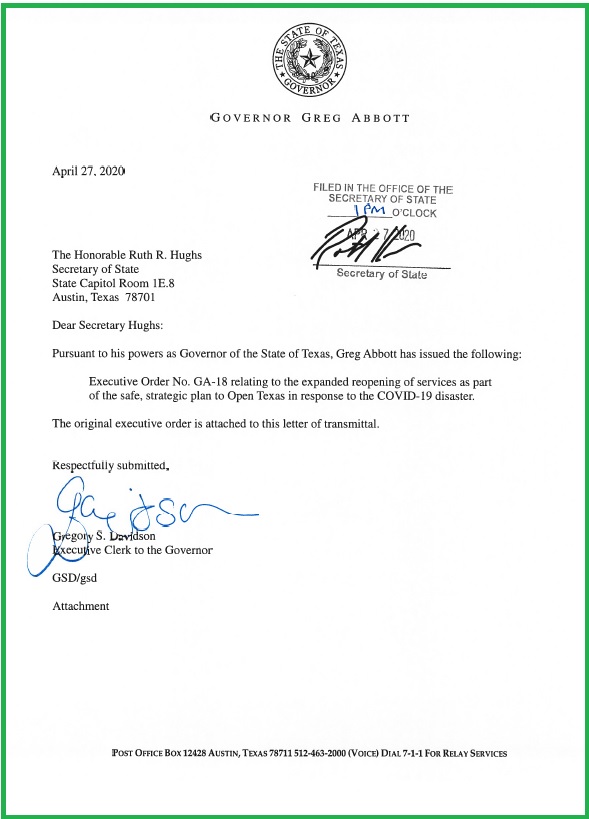'Makerspace' learning models making a big difference for some MFISD kids

A student drafts his Dream House design in Brittany Alaniz's 3rd-grade class at Marble Falls Elementary school, Tuesday, Feb. 10.
By Emily Hilley-Sierzchula
Walking into a classroom of “makers” is a different experience. It’s controlled chaos. Students are talking and collaborating, building and creating.
In Brittany Alaniz’s third grade classroom at Marble Falls Elementary School last week, students were hard at work designing and building their Dream Houses, and the classroom was awhirl with busy hands.
Welcome to a “Makerspace.”
Teachers are still often the “sage on the stage” in a classroom, but Marble Falls Independent School District (MFISD) is gradually moving toward more student-centered (rather than teacher-centered) instruction models and the Maker movement is one such approach.
“The Maker movement is a huge umbrella,” encompassing hundreds of activities, said Marcy Mueller, instructional technologist at Marble Falls and Highland Lakes elementary schools.
The focus is on the process, not the product, because learning happens in the process, Mueller explained.
Maker activities tend to center in libraries, campus challenge labs, ACE afterschool programs and some classrooms.
Every district campus has its own Maker projects.
Students at Colt were tasked with designing a sleigh for Santa, pulled by a native Texas animal, which would work for winter and another time of the year. “Kids who rarely seemed excited by anything were totally amped,” said Cari Orts, instructional technologist for Colt and Spicewood elementary schools.
Teachers can use Maker projects to cover some of the state-required curriculum, or TEKS (Texas Essential Knowledge and Skills).
This educational movement incorporates “do-it-yourself” activities into “Makerspaces” to increase comprehension of a range of academic subjects. Teachers use Maker ideas as teaching tools and just to get little minds going, Mueller explained.
“It doesn’t have to be anything high-tech. It’s about using the materials you have to solve the problem,” she said, adding that supplies are deliberately limited to encourage problem-solving. Students end up with various solutions to the same problem.
STEAM is a driving force behind Maker ideas. STEAM is similar to the oft-mentioned STEM (Science, Technology, Engineering, Math), but adds arts into the equation.
For the full story and photos, see Friday's Highlander.






